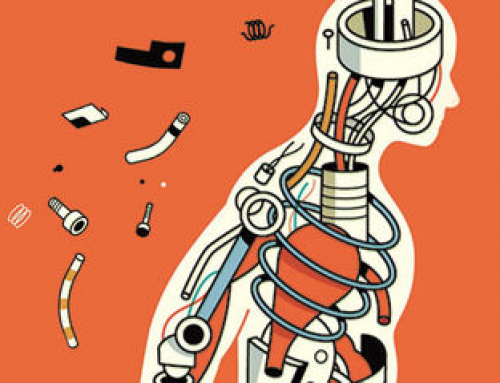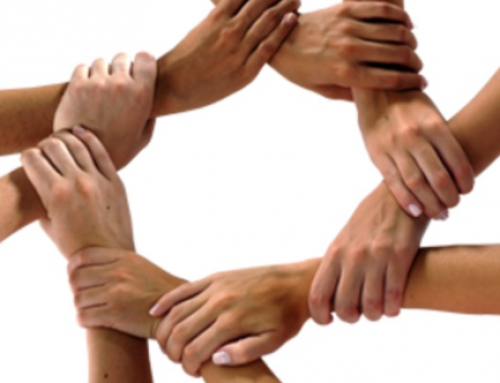 How do you create space for learning?
How do you create space for learning?
New Zealand was gifted a stunning summer after a year of Covid-19. We all flocked to holiday and explore the beauty of our own back yard. As we, the Bats Team, enjoyed the sun and surf of the Coromandel we were privileged to start the year in learning mode. We spent a month exploring a new book, “Learning to Make a Difference” by Etienne and Bev Wegner-Trayner https://wenger-trayner.com/learning-to-make-a-difference/ We did this with a number of others around the world in the USA, Britain, Portugal and Australia. Twice each week for a month we connected for a two-hour virtual session making meaning of our reading and finding connections with the variety of work that we do. The diversity of minds ‘at the table’ made for challenge and rich conversations. We used virtual tools to record symbols, notes, stories of our journeys. Trust developed quickly as each of us openly shared our wonderings, our questions, our experiences that supported each of us to learn. We grew and developed our own Social Learning Space. Etienne and Bev facilitated this journey throughout the month-long retreat.
So, what are the key dimensions of participation that generate Social Learning Spaces? There are three:
Caring to Make a Difference
· Participants are there because the interaction will help them make a difference they care to make.
· Participation is not perfunctory or compliant but driven by their need to get better at making that difference
· Huge variety of expression and sources of caring about large and small differences.
· Diversity of passion and issue is compatible in a space so long as the interaction feeds each participant’s aspirations. The learning partnership is what matters – an intersection of mutual relevance.
Engaging Uncertainty
· People participate from the place where their knowing tapers off.
· Participants sustain their state between the difference they want to make and the gaps in knowing how to get there.
· They come to the space prepared to be vulnerable and embrace their uncertainty.
· If they come as a knower they are an ‘intruder’.
· Mutual engagement of uncertainty is the principle. Uncertainty is the currency.
Paying Attention
· The engagement of uncertainty will be helpful only to the degree that participants pay close attention to whatever comes back – comments, questions, suggestions, personal reactions and emotions, as well as data, what’s working in practice.
· Paying attention may result in a new understanding or perception, a shift in approach or process, an emotional change or a decision to seek more information.
· It may simply redirect or shape uncertainty
As Bev and Etienne say in their book, “Social learning creates value for participants to the extent that they view engaging uncertainty and paying attention as contributing to their ability to make a difference they care to make.”
As we worked through this process and made meaning and connection to our work in Bats Inc we found the thinking very much aligned with our core philosophy and our way of working. As we continue to explore this learning, trialling tools and processes and refining our thinking, it further enriches what we do. This learning has created deep impact for us. It is a stimulus and opportunity to refine the way we work. As we explore and use it to inform our practice we learn our way into our future. It takes time, trust, valuing other perspectives, willingness to be vulnerable and being open to learning. Thank you to the wonderful people in our lives who choose to engage with us and the way we work. We feel privileged to work alongside you.
Mary & Lab
The Bats Team
Reference
Wegner-Trayner, Etienne & Bev. (2020). Learning to Make a Difference: Value Creation in Social Learning Spaces. Cambridge University Press.






Leave A Comment